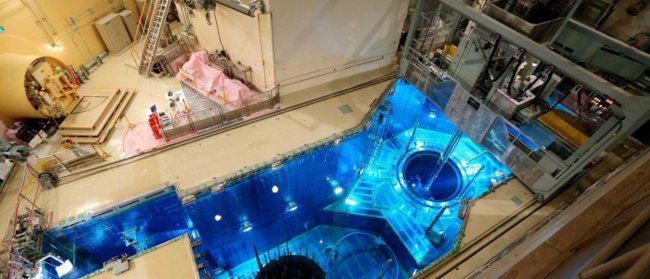
Engineers from Purdue University (Indiana, USA) are developing a new system that will be able to greatly increase the efficiency of inspections of the integrity of nuclear reactors through the use of artificial intelligence (AI). In an article published in the scientific journal IEEE Transactions on Industrial Electronics, scientists have talked about framework for machine learning naïve Bayes – precision neural network that is able to effectively detect cracks in the reactors based on the analysis of individual video frames.
“Regular inspections of components of nuclear power plants is critical to ensure their safe operation,” says Mohammed Jahanshahi, associate Professor, School of civil engineers named Lila at Purdue University.
“However, the current methods are generally very time consuming, very tedious and often face subjective assessment, mainly the analysis of video data for the presence of cracks in the reactors is conducted by the people.”
System of automatic analysis developed by experts of Purdue, uses a database which contains the images of about 300 thousand different cracks and other textural features. Check efficiency of the reactor system remains high even in the case when in need of inspection element of the reactor is under water, which usually happens as the water in the reactors used for cooling. With this system, it reduces the risks to human health. The neural network analyzes every inch of every frame in search of cracks, and then looks at each crack from one frame to another using a data fusion algorithm.

“Joint processing of data allows to improve the adequacy and efficiency of further decisions,” continues Jahanshahi, noting that the neural network shows the effectiveness of 98.3% in the definition of cracks, which is significantly higher than the other, even the most modern methods and approaches.
As the world continues to move towards renewable energy sources, nuclear energy is increasingly becoming not the main, but rather the alternative, although a reliable choice. The inability of non-nuclear energy can be explained at least by the fact that solar or wind farms have a number of restrictions and their effectiveness primarily depends on the weather operating conditions in which they are located.
One of the main directions of modern physics is the search for so-called “Holy Grail” of renewable energy – possibilities of using nuclear fusion to provide all our energy needs. Despite the fact that researchers have reached very high results in the stabilization and support of the nuclear fusion reactions, we are not yet ready to rely on this source of energy. So at the moment the only available and most secure use of nuclear energy is still the method of nuclear fission, on even more improving the safety and effectiveness of which are now working, many researchers from around the world. For example, experts are watching the progress of the development of the so-called molten-salt reactors, where the basis of the coolant is a mixture of molten salts, which can operate at high temperatures, while remaining at a low pressure, so that the reduced mechanical stress and increased safety and durability.
The neural network allows to make nuclear reactors safer
Nikolai Khizhnyak